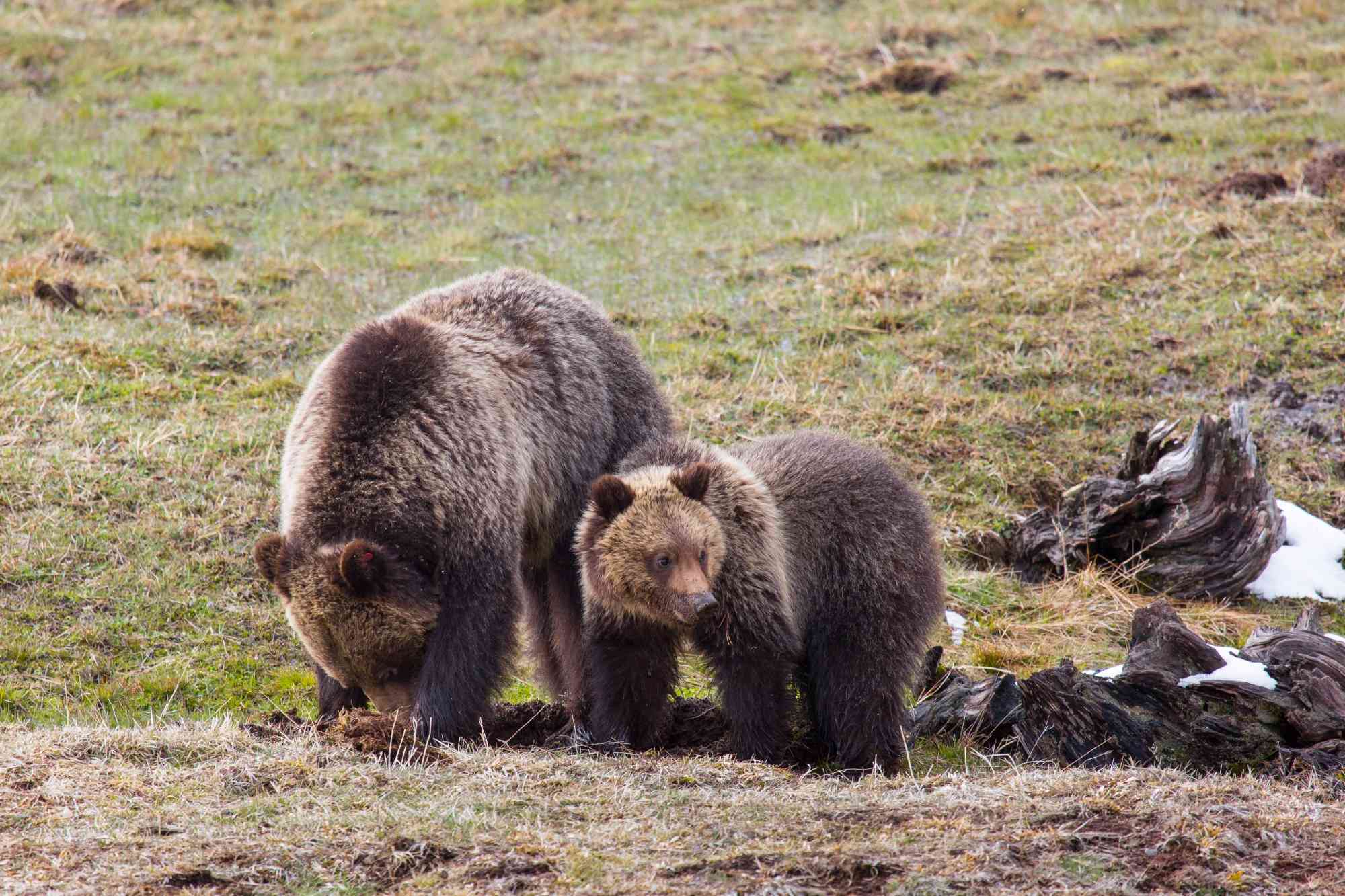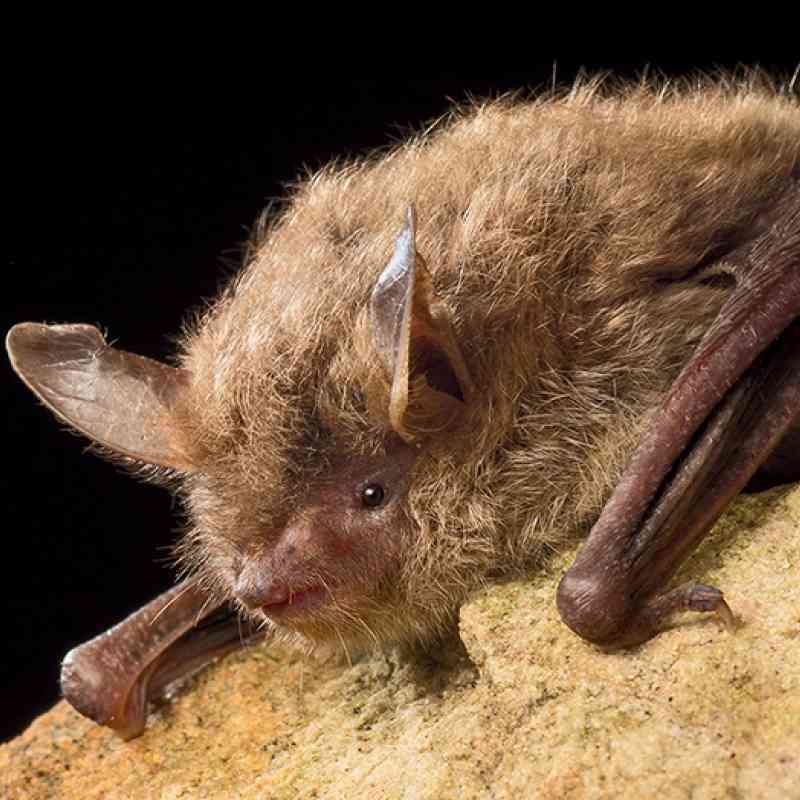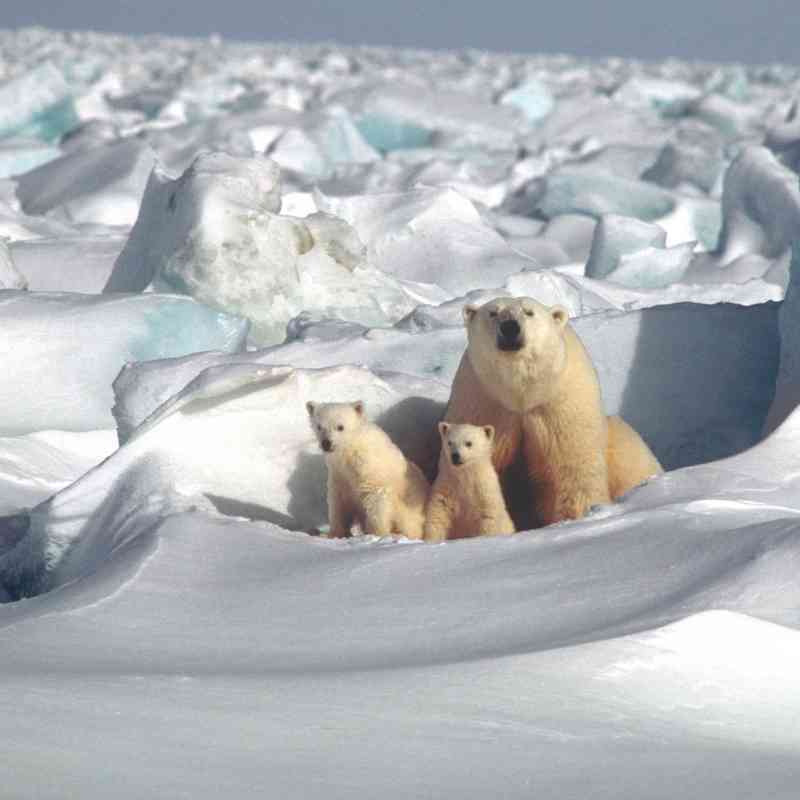FOR IMMEDIATE RELEASE
Contact: Jennifer Witherspoon, jwitherspoon@defenders.org (202)772-0269
Date: September 6, 2016
Washington – Today, the U.S. Fish and Wildlife Service (FWS) reopened the public comment period on the proposed Endangered Species Act (ESA) delisting rule for grizzly bears in the Greater Yellowstone Ecosystem due to the scientific peer review and state regulations coming available.
Jamie Rappaport Clark, president and CEO of Defenders of Wildlife and former director of the U.S. Fish and Wildlife Service, issued the following statement:
“Though grizzly bears have made a remarkable comeback in the Greater Yellowstone Ecosystem, the U.S. Fish and Wildlife Service’s current proposal to delist them may put that success at risk.
“Fish and Wildlife Service is rushing the process to delist the grizzly bear before it has all the information it needs to understand how the Northern Rockies states and other federal agencies plan to manage it after delisting. The agency should not be moving forward with delisting until all of these pieces are in place and they have provided the public the ability to thoroughly review all of the documents in a complete package. This should include the Conservation Strategy, the critical guiding management document for grizzly bears after delisting.
“We can’t afford to be careless with this species. This is too important a decision to make without a full understanding of the management of bears and their habitat post delisting; there is no reason to rush this process. Grizzly bears are an important icon of our natural history and deserve to thrive on the American landscape far into the future.”
Defenders is currently reviewing the new documents provided by FWS. However, before delisting the FWS must ensure that the state and federal land management agencies responsible for management of grizzly bears and their habitat post delisting commit to:
· Maintaining a thriving and stable core population while allowing for continued range expansion across the ecosystem.
· Protecting the Yellowstone grizzly’s core habitat.
· Restoring connectivity with other grizzly bear populations by affording protections to bears and their habitat in areas important to connectivity.
· Committing to preventing conflicts between bears and people, thereby improving social tolerance and public acceptance for the bears throughout their range.
· Providing adequate funding to support ongoing grizzly bear recovery.
Background: At the recent Interagency Grizzly Bear Committee’s Yellowstone Ecosystem Subcommittee meetings the state agencies, the Forest Service and the National Park Service discussed significant potential edits to the draft Conservation Strategy. The Conservation Strategy is the guiding post-delisting management document that must be signed by all of the management agencies before delisting is final. Suggested changes at these meetings have raised serious concerns regarding how grizzly bears will be managed after delisting. It is unclear if the FWS will allow the public to review a revised Conservation Strategy. This is a critical missing piece of the delisting puzzle.
Throughout the Northern Rockies, Defenders works closely with management agencies, other conservation groups and local residents to minimize conflict between bears and people. Since 1998, Defenders has invested over a million dollars on close to 300 on-the-ground projects including installing electric fencing around numerous bear attractants, purchasing bear resistant garbage containers for residents, and placing bear resistant food lockers in campgrounds. All of these measures reduce the likelihood of lethal bear/human conflicts and increase human tolerance for the presence of bears on the landscape. Defenders will also continue to work to ensure that adequate protections remain on our public lands for grizzly bears both within recovery areas and in important areas between bear populations. The long term health and resiliency of the Yellowstone grizzly population will require its connectivity with other populations.
###
Get the latest Defenders news on Twitter @defendersnews.
Past press statements are available in our newsroom and be sure to visit our multimedia library and reporter resources pages for more info, including free-use photos.
Defenders of Wildlife is dedicated to the protection of all native animals and plants in their natural communities. With more than 1.2 million members and activists, Defenders of Wildlife is a leading advocate for innovative solutions to safeguard our wildlife heritage for generations to come. For more information, visit here.
Defenders of Wildlife, 1130 17th St. NW, Washington, DC 20036 United States
Defenders of Wildlife is celebrating 75 years of protecting all native animals and plants in their natural communities. With a nationwide network of nearly 2.2 million members and activists, Defenders of Wildlife is a leading advocate for innovative solutions to safeguard our wildlife heritage for generations to come. For more information, visit defenders.org/newsroom and follow us on Twitter @Defenders.


